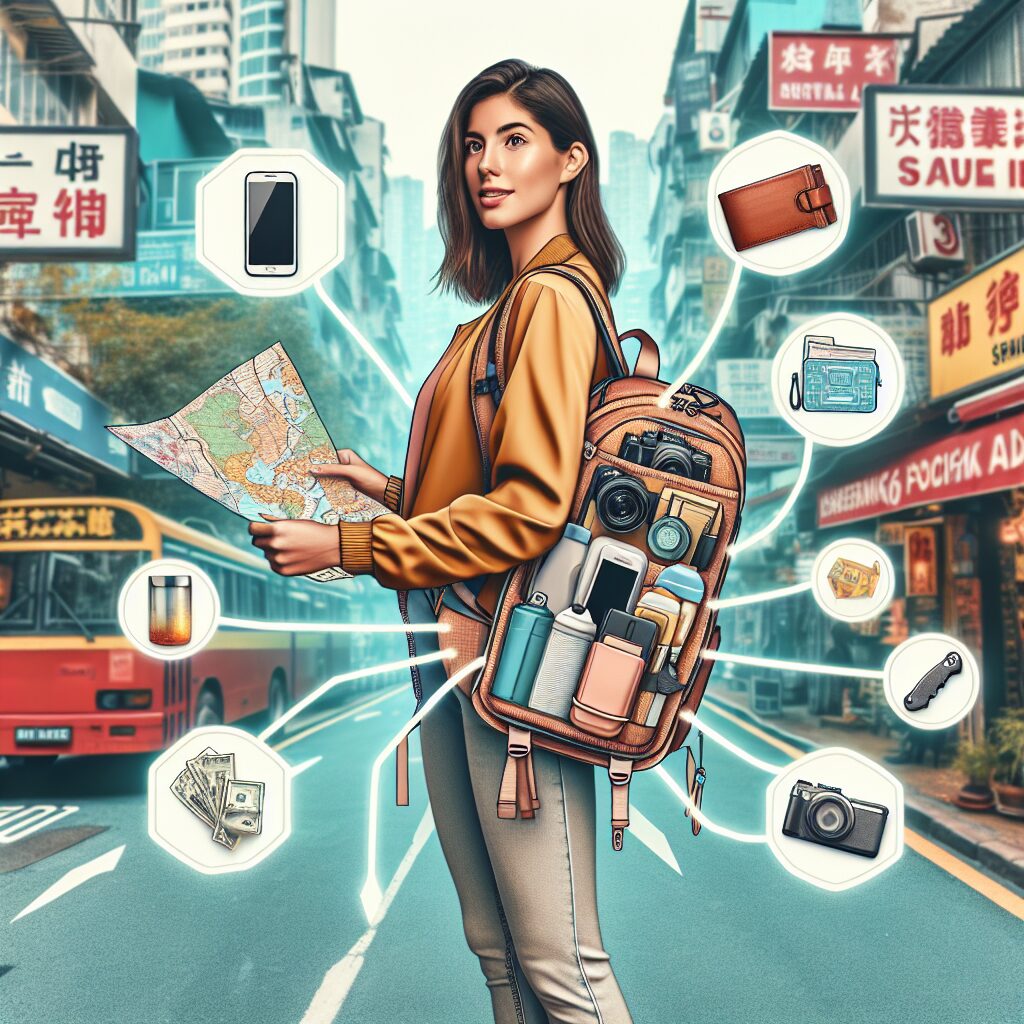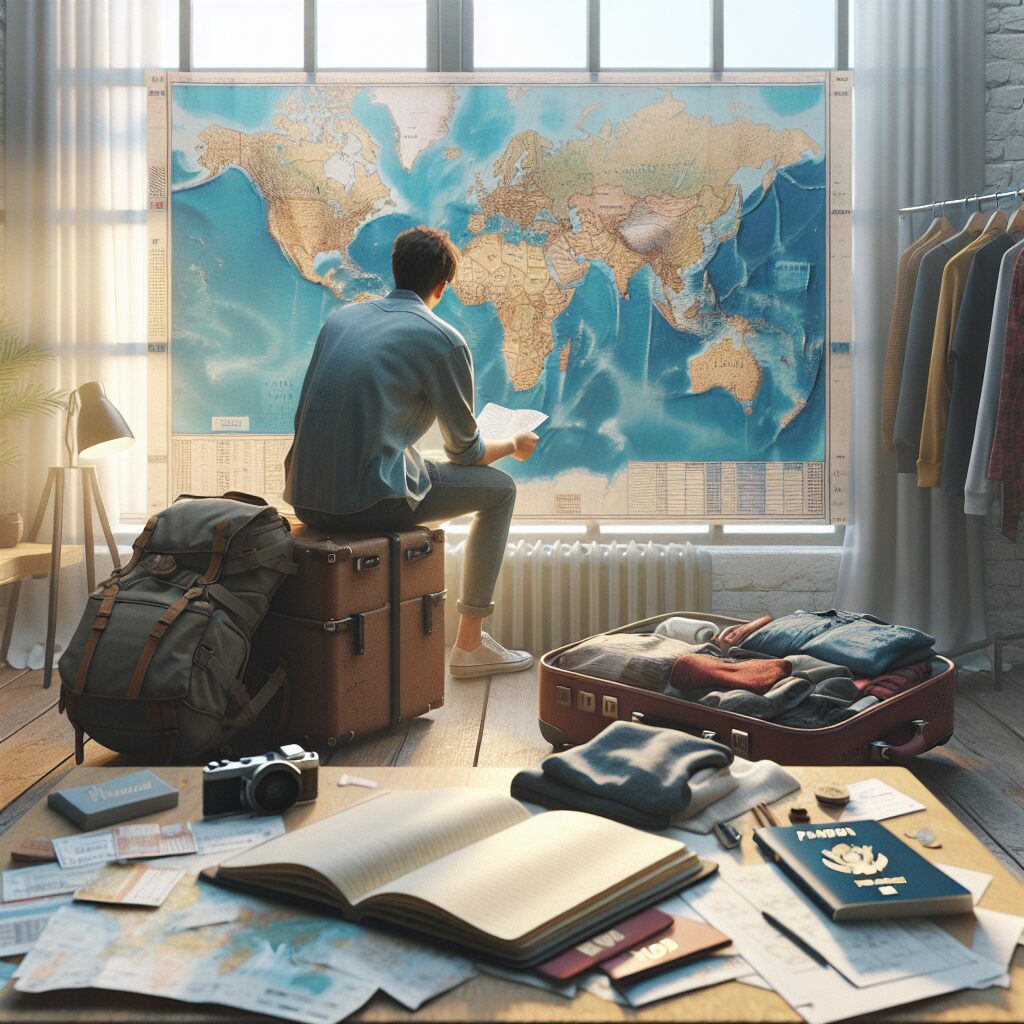Planning a vacation with your little ones can be thrilling, but it also requires careful consideration to ensure that the activities cater to their needs and interests. Child-friendly vacation activities are specifically designed to provide endless fun for kids, creating cherished memories that will last a lifetime. Did you know that engaging in age-appropriate activities during vacations not only entertains your children but also promotes their cognitive, social, and emotional development? By offering a wide range of experiences, child-friendly vacation activities can have a lasting impact on your child’s growth and overall well-being.
Now that we understand the importance of child-friendly vacation activities, let’s delve into some key takeaways that will ensure an unforgettable and enjoyable vacation for the whole family. Firstly, it’s crucial to choose destinations that offer kid-centric attractions such as theme parks, zoos, museums, and water parks. These places are specifically designed to entertain children of all ages and provide a safe and interactive environment for them to explore and learn. Additionally, considering accommodations that provide amenities tailored to children, such as play areas, swimming pools, and even special activities or entertainment programs, can enhance the overall vacation experience. Lastly, planning a mix of both structured and unstructured activities allows children to engage in various types of play, fostering creativity and imagination. By incorporating these key takeaways, you can ensure that your child’s vacation is filled with endless fun and enriching experiences.
Key Takeaways
1. Outdoor exploration: Engaging children in nature-based activities, such as hiking, camping, or visiting national parks, can provide endless fun and ignite their curiosity about the natural world.
2. Educational and interactive experiences: Seek out child-friendly museums, science centers, or cultural landmarks that offer hands-on exhibits or interactive displays to keep kids entertained while learning.
3. Creative and artistic pursuits: Consider vacation activities that allow children to express themselves through arts and crafts, such as pottery workshops, painting classes, or visits to local galleries.
4. Adventure parks and themed attractions: Setting aside time for amusement parks, water parks, or adventure playgrounds can offer kids thrilling experiences, fostering their sense of adventure and creating memorable moments.
5. Family-oriented accommodations: Opt for family-friendly hotels or vacation rentals that provide kid-friendly amenities such as swimming pools, game rooms, or on-site activities, ensuring a comfortable and enjoyable stay for the whole family.
Outdoor Adventures
When planning a child-friendly vacation, incorporating numerous outdoor activities is essential to keep your little ones entertained and engaged. From hiking through scenic trails and exploring nature reserves, to kayaking in gentle rivers or biking along picturesque paths, there is an abundance of outdoor adventures that will ensure endless fun for the whole family.
Beach Fun
A child-friendly vacation is never complete without a dose of beach fun! Build sandcastles, collect seashells, or engage in thrilling water sports such as snorkeling, boogie boarding, or beach volleyball. The beach offers endless opportunities for children to frolic in the sun, enjoy the waves, and create unforgettable memories.
Amusement Parks and Water Parks
Amusement parks and water parks are a haven for children seeking adventure and excitement. Let your kids scream with joy on thrilling roller coasters, spin around on exhilarating rides, and cool off in refreshing pools and water slides. These parks often offer a variety of child-friendly attractions, ensuring that every visit is filled with endless fun.
Cultural Immersion
While planning a child-friendly vacation, it’s important to consider opportunities for cultural immersion. Visit museums with interactive exhibits, historical sites with guided tours, or attend local festivals and events. By exposing your children to different cultures and traditions, you not only provide them with an educational experience but also broaden their horizons.
Animal Encounters
Children are naturally fascinated by animals, making animal encounters an ideal activity to include in your child-friendly vacation. Take your kids to zoos, aquariums, or wildlife sanctuaries, where they can observe various species up close, feed some friendly creatures, or even participate in educational animal shows. These experiences are not only entertaining but also promote a love and respect for the natural world.
Arts and Crafts
Engage your children’s creativity and imagination by including arts and crafts activities in your child-friendly vacation itinerary. Look for local art studios or workshops that offer painting, pottery, or craft classes specifically designed for kids. These hands-on activities allow children to express themselves and develop their artistic skills while having a great time.
Outdoor Movie Nights
Bring the magic of the big screen outdoors by organizing an outdoor movie night during your child-friendly vacation. Set up a projector, hang a white sheet, and gather some comfy blankets and pillows. Pick age-appropriate movies that the whole family can enjoy under the starry night sky while munching on popcorn and savoring the experience of a unique cinema night.
Guided Nature Walks
Explore the wonders of nature by joining guided nature walks and hikes in child-friendly vacation destinations. These walks are not only educational, providing insights into local flora and fauna, but also offer opportunities for kids to burn off energy and truly connect with the environment. Check with local guides or visitor centers for age-appropriate nature walks suitable for children.
Family Game Nights
Take advantage of the cozy evenings during your child-friendly vacation by organizing family game nights. Pack a variety of board games, card games, or trivia games that cater to different age groups. Enjoy quality time together, create laughter, and friendly competition while strengthening family bonds.
Local Adventures
Engage in local adventures that showcase the unique offerings of your vacation destination. Whether it’s exploring hidden gems, embarking on treasure hunts, visiting local farms, or enjoying horseback rides through scenic trails, immersing in the local vibe will provide your children with authentic experiences and endless fun.
Tips for a Child-Friendly Vacation:
- Research family-friendly destinations beforehand and plan your itinerary accordingly.
- Pack necessary essentials such as sunscreen, hats, snacks, and first aid supplies.
- Consider renting child-friendly accommodations with appropriate amenities and facilities.
- Involve your children in the planning process, allowing them to choose activities that interest them.
- Take breaks and rest when needed to avoid overexhaustion and crankiness.
- Be flexible and open to spontaneous activities or changes in plans.
- Ensure safety by following guidelines, rules, and age restrictions provided by activity providers.
- Capture precious moments and memories through photos or a family vacation journal.
- Encourage your children to interact with other kids, fostering socialization and friendship.
- Make time for relaxation and downtime, allowing everyone to recharge and rejuvenate.
FAQ
1. Are there child-friendly vacation activities available in all destinations?
Yes, most popular tourist destinations offer a wide range of child-friendly vacation activities to keep your kids entertained. From amusement parks to outdoor adventures, you can find something suitable for your family in almost any location.
2. Are these child-friendly vacation activities suitable for all age groups?
Yes, child-friendly vacation activities are designed to cater to various age groups. Whether you have toddlers, young children, or teenagers, you can find activities that are specifically tailored to their interests and abilities.
3. How can I find child-friendly vacation activities in a specific location?
You can start by doing some online research. Look for websites or travel guides that specifically highlight child-friendly activities in your desired destination. Additionally, you can reach out to local tourist offices or speak to other parents who have visited the location for recommendations.
4. Are these child-friendly activities expensive?
The cost of child-friendly vacation activities can vary depending on the destination and the specific activity. Some activities may be free or have minimal costs, while others may require additional fees or tickets. It’s advisable to plan and budget accordingly to ensure a smooth and enjoyable vacation experience for your family.
5. Can I bring my own snacks and drinks for my kids during these activities?
While it’s always a good idea to pack some snacks and drinks for your kids, it’s essential to check the rules and regulations of each activity or attraction you plan to visit. Some places may have restrictions on outside food and beverages, while others may provide kid-friendly dining options on-site.
6. What are some popular child-friendly vacation activities?
Popular child-friendly vacation activities include visiting theme parks, exploring zoos and aquariums, going on nature hikes or bike rides, participating in water sports, and engaging in interactive museums or educational tours. These activities provide a perfect balance of fun and learning for children.
7. Are there any safety concerns when engaging in these activities?
While child-friendly vacation activities are generally safe, it’s essential to prioritize your child’s safety at all times. Make sure to follow all safety guidelines provided by the activity organizers, supervise your children closely, and ensure they are equipped with appropriate safety gear when necessary.
8. Can child-friendly vacation activities be enjoyed year-round?
Many child-friendly vacation activities can be enjoyed year-round, but it ultimately depends on the location and the specific activity. Some activities may be seasonal or weather-dependent, so it’s important to consider the time of year and the climate before planning your itinerary.
9. Are there any age or height restrictions for certain child-friendly activities?
Some activities, especially in theme parks or adventure parks, may have age or height restrictions for safety reasons. It’s advisable to check the requirements beforehand to avoid disappointment or potential risks. However, there are always plenty of alternative activities suitable for children who may not meet the specific restrictions.
10. How can I ensure my child has a memorable and enjoyable vacation experience?
To ensure your child has a memorable and enjoyable vacation experience, involve them in the planning process and consider their interests and preferences. Allow for a mix of activities they can actively participate in and ones they can simply observe and relax. Prioritize quality family time and create lasting memories together.
Final Thoughts
Child-friendly vacation activities provide endless fun and create unforgettable moments for both children and parents. These activities not only entertain kids but also help in their overall development and exploration of new experiences. By carefully selecting activities based on your child’s interests, considering safety measures, and planning ahead, you can create a vacation that your family will cherish for years to come.
Remember, the key is to strike a balance between excitement and relaxation, allowing your child to take the lead in choosing activities while also ensuring they have enough downtime to rest and recharge. So, embark on your child-friendly vacation adventure and watch as your little ones’ eyes light up with joy and wonder!











